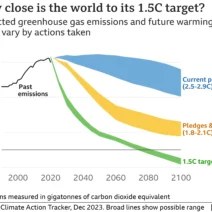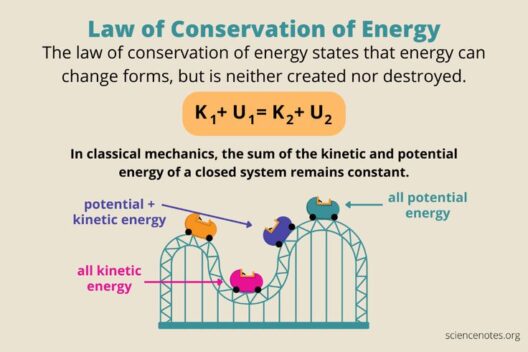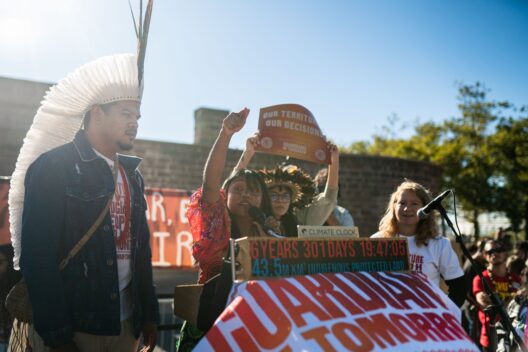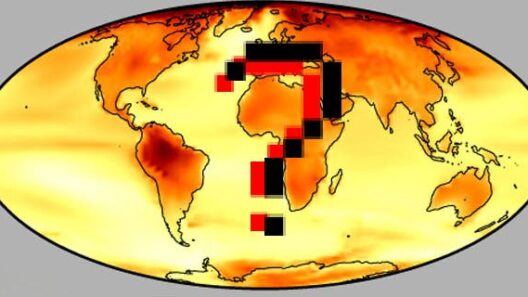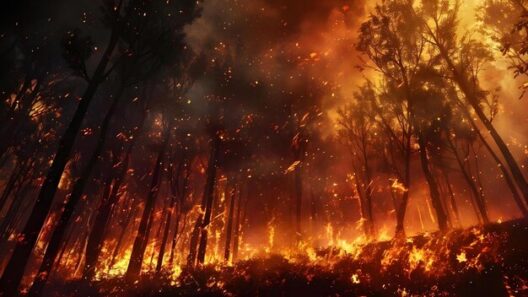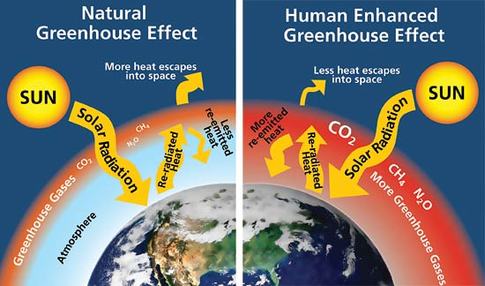Wildfires have become an increasingly devastating phenomenon around the globe, with their frequency and intensity surging in recent decades. But what if we consider a playful question: If forests could talk, what would they say about the encroaching flames? The truth is that climate change, underpinned by global warming, is one of the primary catalysts driving the escalation of wildfires. The interplay of rising temperatures, prolonged droughts, and altered precipitation patterns crafts a volatile environment, one ripe for fire ignitions. This examination seeks to explore how global warming intertwines with forest fires and what challenges lie ahead for ecosystems and human communities alike.
One of the most alarming aspects of climate change is its ability to transform weather patterns. Warmer temperatures lead to a greater likelihood of drought. Deforestation also adds to the problem, as the diminished tree canopy can further exacerbate drying conditions. This mainstay of climate-induced alterations means that not only are forests becoming tinderboxes, but they also struggle to recover from the inevitable blazes. Fire seasons are extending, with the landscape becoming a canvas painted with the ash from wildfires that seem to beckon with increasing ferocity.
The United States is particularly susceptible to the vagaries of wildfires. States such as California and Oregon have become synonymous with wildfire devastation, where landscapes are left charred and communities displaced. A myriad of factors contribute to this growing crisis. The increase in average temperatures has led to the proliferation of invasive species. These species often possess lower moisture content, in turn heightening fire risks. Furthermore, the displacement of native flora creates an ecological imbalance that some argue could take centuries to rectify. As the atmosphere warms, the inevitability of massive forest fires looms larger on the horizon.
In addition to persistent drought conditions, the phenomenon known as “fire weather” is becoming a frequent occurrence. This term refers to specific atmospheric conditions conducive to fire, such as high winds, low humidity, and warm temperatures. The nexus of these elements creates a perfect storm for fire initiation and rapid spread. As summers grow hotter and winters less predictable, this increasingly intermittent rhythm heightens the chances of wildfires working their way through nutrient-rich forests. Engaging with these realities compels us to consider the harsher consequences of climate change on natural ecosystems.
But what fuels these infernos beyond climate? Human activity plays a crucial role in igniting wildfires. Activities range from careless outdoor burning to electrical malfunctions and even arson. As the climate changes, however, the consequences of human-caused fires become amplified. With warmer temperatures, fires spread more rapidly than before. This intensified pace allows fires to conquer terrain that is not only heavily populated but also critical for biodiversity. When such an intersection occurs, communities face rising apprehension, paired with the stark reality of evacuations and loss.
The ecological implications of wildfires are profoundly intricate. Wildfires can lead to short-term benefits, such as seed germination and habitat restoration, but the long-term ramifications can be less forgiving. Following a wildfire, carbon stored in trees and vegetation is released back into the atmosphere, further perpetuating the cycle of greenhouse gas emissions—a phenomenon well-known to exacerbate global warming. This feedback loop poses an existential question: How many more wildfires can a planet manage before the effects render ecosystems irrevocably changed?
Wildfires also threaten critical water resources. As fires burn through forests, the potential for soil erosion increases significantly. With vegetation stripped away, rain can lead to landslides or sedimentation that clogs waterways. The quality of drinking water is put at risk, affecting both human populations and wildlife alike. This cascade of consequences illuminates an unsettling truth: the impact of wildfires extends far beyond immediate destruction. The future of our water resources hangs in the balance, demanding immediate attention and action.
Preparedness and response are pivotal components in addressing the escalating issue of wildfires. Governments need to invest heavily in firefighting resources and disaster preparedness programs. Communities should engage in fire-adaptive management strategies to bolster resilience. It is also essential to foster cooperation among stakeholders—landowners, traditional forest management, and local communities—to ensure sustainable practices that mitigate wildfire risks in the future. How can we prompt meaningful change amid the shadows of smoky skies? Each of us must elevate the dialogue surrounding climate action and biodiversity preservation.
Simultaneously, reforesting efforts hold promise. Planting native trees can help restore ecosystems, enhancing their capability to retain moisture and provide habitat for wildlife. Reforestation acts as a dual agent against global warming and wildfire risks. However, this reinforces the importance of staying vigilant. Forest management policies must strike a delicate balance between human interests and ecological well-being. This multifaceted approach can empower communities to coexist harmoniously with nature.
Ultimately, the struggle against wildfires necessitates a commitment to combating climate change comprehensively. As we forge ahead, questioning our role in this global crisis becomes essential. Wildfires are not merely isolated events; they reflect our deeper relationship with the environment. The urgency to act grows with mounting evidence and each ardent season. If we aim to protect our forests and the broader ecosystem, we must confront the multifarious influences leading to this escalating cycle of destruction. With concerted effort, we can respond to a challenge that seems increasingly daunting and cultivate a world better equipped to combat wildfires in all their ferocity.

